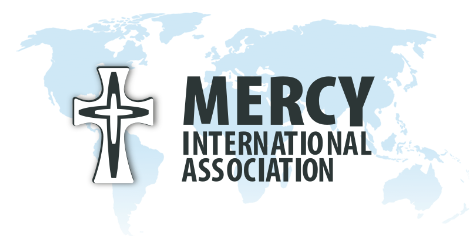To Instruct the Ignorant
)
Behind the scene ...
Poor children in Ireland received little or no education during the eighteenth and nineteenth centuries. During the era of the Penal laws (1750-1820) the illegal, informal ‘hedge schools’ were often the only source of basic education for Catholic children though, after the Catholic Emancipation Act was passed in 1829, they could attend school. In 1831, the establishment of the National School System in Ireland allowed Protestants and Catholics to learn together at school. However, the effects of severe poverty on many families meant that children often did not complete their primary schooling. They left prematurely to support the family income. Commenting on the situation in Dublin, Prunty (1998, p. 234) states that “only the uplift provided by education would break the cycle of destitution and despair that characterized life in the city slums.”
Prunty (1998, p. 12) affirms the role of women of all denominations in tackling poverty by recognizing the multiple needs of people they assisted. “The poor and ‘ragged’ schools for example, generally provided some at least of the children attending with daily breakfast, occasional clothing, and assistance to their families, as funds and the level of organization permitted ...”
Catherine McAuley and the early Sisters of Mercy valued education, especially for girls, and soon commenced poor schools and/or pension (fee paying) schools locally where new Convents were established. Sullivan (2004, p. 166, n. 45) notes that “by 1841, Mercy schools in Carlow, Charleville, Cork, Dublin, and Tullamore, as well as Limerick, were affiliated with the national board.”
References:
Prunty, J. (1998) Dublin Slums 1800-1925: A Study in Urban Geography Dublin: Irish Academic Press.
Sullivan, M. C. [Ed] (2004) The Correspondence of Catherine McAuley 1818-1841 Dublin: Four Courts Press.


)
)
)